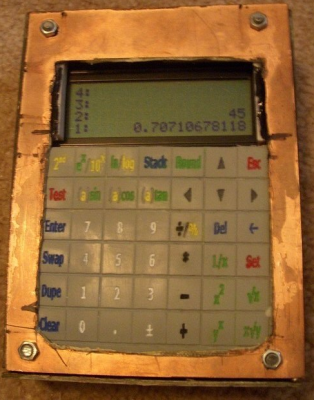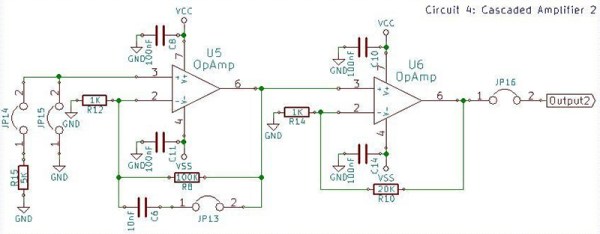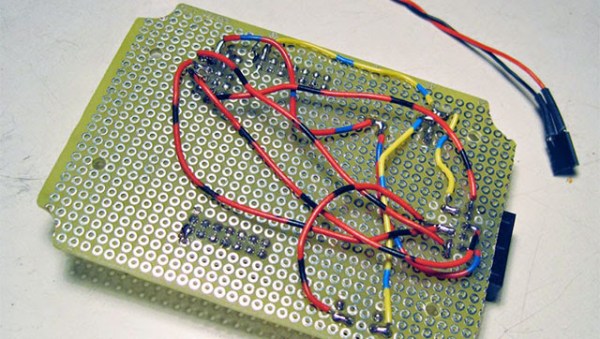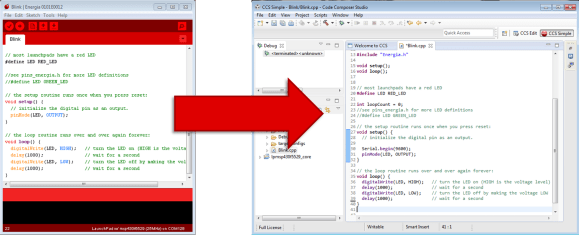Hackers, makers, and engineers have long had a love affair with number crunching. Specifically with the machines that make crunching numbers easier. Today it may be computers, smart watches, and smartphones, but that wasn’t always the case. In the 50’s and 60’s, Slide rules were the rage. Engineers would carry them around in leather belt pouches. By the early 70’s though, the pocket calculator revolution had begun. Calculators have been close at hand for hackers and engineers ever since. This week’s Hacklet celebrates some of the best calculator projects on Hackaday.io!
 We start with [Joey Shepard] and RPN Scientific Calculator. No equals sign needed here; [Joey] designed this calculator to work with Reverse Polish notation, just like many of HP’s early machines. Stacks are pretty important for RPN calculators, and this one has plenty of space with dual 200 layer stacks. The two main processors are MSP430s from Texas Instruments. The user interface are a 4 line x 20 character LCD and 42 hand wired buttons. The two processors are pretty ingenious. They communicate over a UART. One processor handles the keyboard and display, while the other concentrates on crunching the numbers and storing data in an SRAM. The case for this calculator is made from soldered up copper clad board. It’s mechanically strong especially since [Joey] added a bead of solder along each joint. If you want to learn more about this technique check out this guide on FR4 enclosures.
We start with [Joey Shepard] and RPN Scientific Calculator. No equals sign needed here; [Joey] designed this calculator to work with Reverse Polish notation, just like many of HP’s early machines. Stacks are pretty important for RPN calculators, and this one has plenty of space with dual 200 layer stacks. The two main processors are MSP430s from Texas Instruments. The user interface are a 4 line x 20 character LCD and 42 hand wired buttons. The two processors are pretty ingenious. They communicate over a UART. One processor handles the keyboard and display, while the other concentrates on crunching the numbers and storing data in an SRAM. The case for this calculator is made from soldered up copper clad board. It’s mechanically strong especially since [Joey] added a bead of solder along each joint. If you want to learn more about this technique check out this guide on FR4 enclosures.
[Joey] definitely improved his solder skills with this project. Every wire and connection, including the full SRAM address and data bus were wired by hand on proto boards. We especially like the sweet looking laser cut keyboard on this project!
Continue reading “Hacklet 70 – Calculator Projects”





















